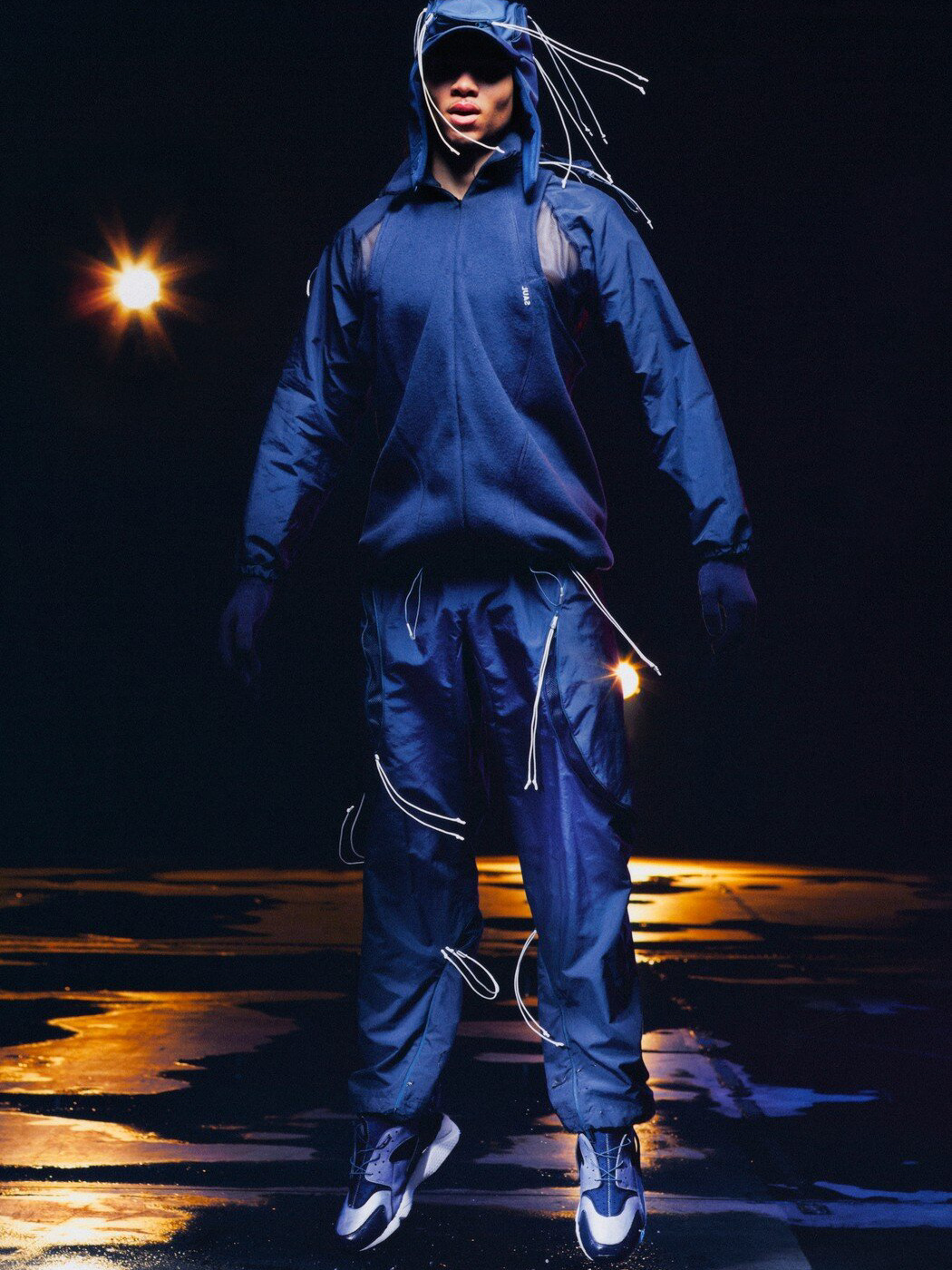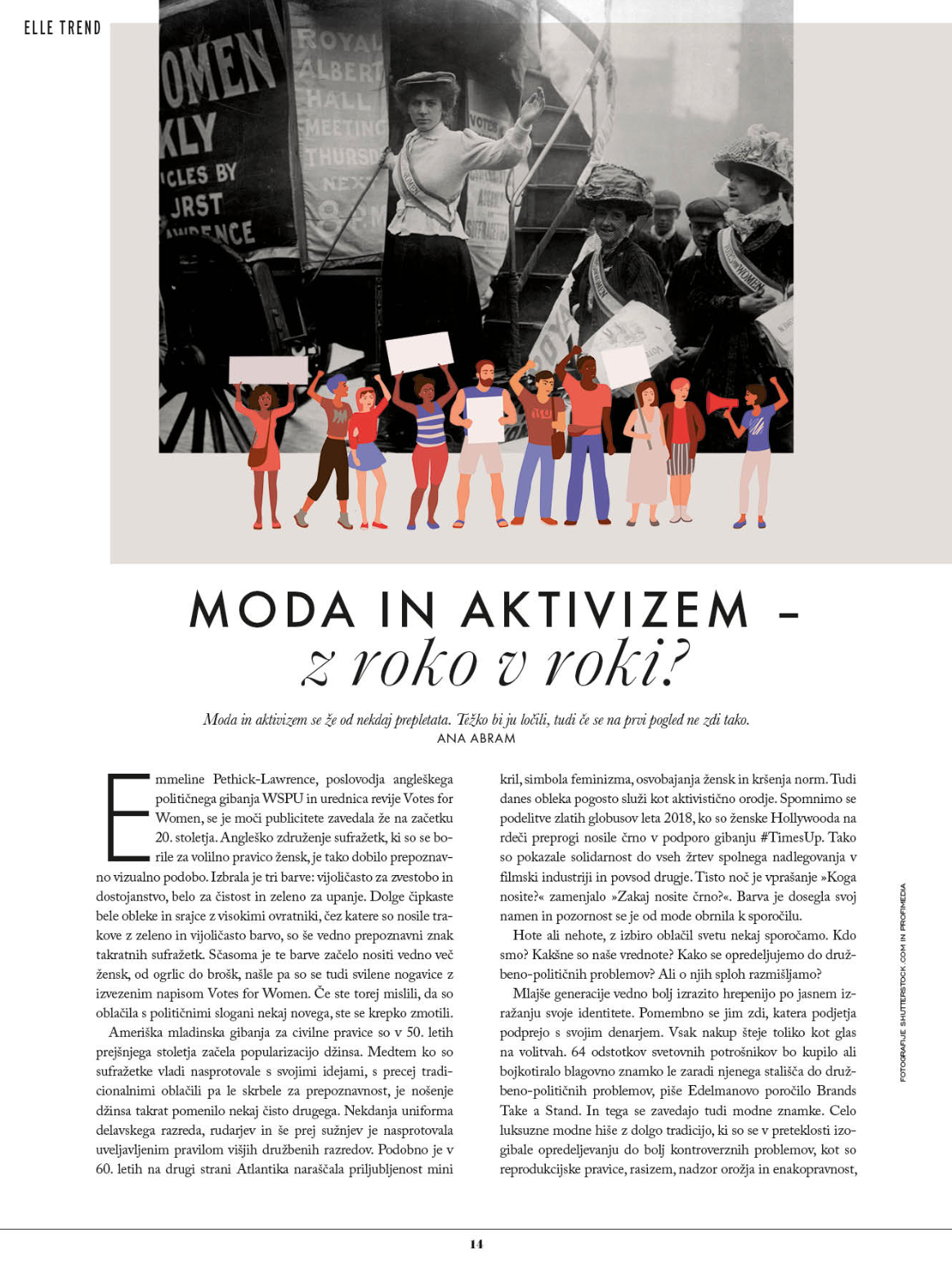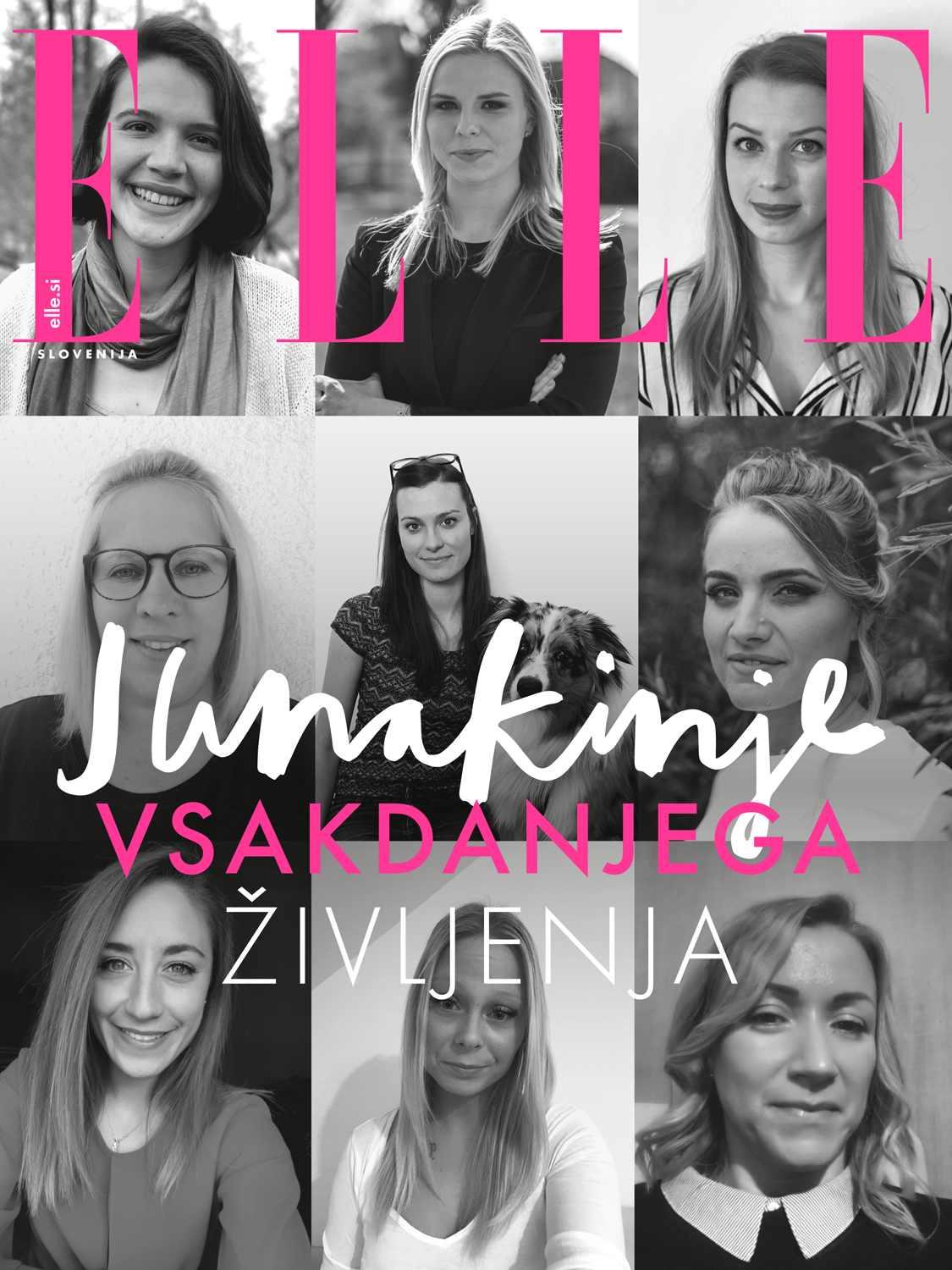After we sit down at a quiet cafe, Lea asks about the blazer I am wearing. “The sleeves are few centimetres too long,” she tells me without hesitation. Otherwise she loves it. Even after I quietly admit I got it at Zara. “You can still dress sustainably”, she says, “even if you sometimes shop in a fast fashion store”. And honestly, who doesn’t?
While sustainability became the talk of the global fashion industry, in Slovenia, that topic rarely slips into everyday conversation. Just remember (and most Slovenians can) the madness at the opening of the first Primark store in the country last year. Price and convenience, at least in the majority of cases, still win over consciousness and sustainability. “Discussion of sustainability in fashion is still limited to intellectuals,” observes Lea. Partly because of the higher price of the certificate materials. She hopes this will change in the course of the future. She hopes Slovenians will recognize the importance of sustainability even if that means it first has to become fashionable.
Lea introduces me to a simple method consumers can follow for a more sustainable wardrobe. “It is not always necessary for our clothes to be made out of recyclable materials to make our closet environmentally friendly,” she notes. “We have to use the clothes we buy. We have to wear them. As many times we can.” In this case, sustainable also means wallet friendly. If one wears a piece of clothing more than six times, that is already a success. And why six? She draws the attention to the fact that people statistically wear a certain piece of clothing less than six times. Closets are full of skirts, shirts and blazers, forgotten on the hangers. Some even with the original tags still attached. She introduces a simple calculation by which anyone can check how much they spend on their daily outfit: you take the price of the piece and divide it by the approximate times you have worn it. Is the number high or low? An expensive piece of clothing can prove to be a way better financial investment than a cheap and impulsive purchase during sale season.
To put the theory to the test, Lea quickly calculates the cost of my outfit (a black shirt, Alexander Wang x H&M collection from 2014; a black blazer, Zara; jeans, Zara; trainers, Nike; bag, Strathberry). All of the above is a part of my everyday uniform, and all pieces have been worn more than six times. Some even more than a hundred times. Using her cost per use formula, the price of my outfit for today is less than 10 euros. I guess I passed the test.
A carefully crafted personal style is crucial for those seeking to make their wardrobe sustainable, taking into account both cost and the environment. Constant cycle of purchasing and tossing out clothes is one of the biggest problems of our time. Lea believes we need to only select pieces we feel ourselves in. These are the pieces we will love forever. To those who are less confident she suggests having a fashion role model, or finding inspiration in magazines, online or on social media. “What do you like? When do you feel like your best self? Which materials feel right? While shopping, all of these questions should be always on our mind, says Lea. If you know all of the answers, you will truly love your clothes, and you will be devastated when your favorite dress will rip.”
To build a sustainable, environmentally friendly wardrobe, you need to know yourself, develop your fashion taste, and create your style. Then your wardrobe will last forever. You will find pieces you will never want to say goodbye to. And you will help the environment. We should never underestimate the power of our consumer habits.
Lea’s 5 tips for shopping:
1. Don’t buy impulsively.
2. Always buy sets. Consider how the top and the bottom piece look together.
3. Don’t shop during sale season.
4. Be aware of the materials.
5. If the piece is not right for you, return it.
2. Always buy sets. Consider how the top and the bottom piece look together.
3. Don’t shop during sale season.
4. Be aware of the materials.
5. If the piece is not right for you, return it.
Words by Ana Abram
Published in May/June 2020 issue of ELLE Magazine Slovenia









